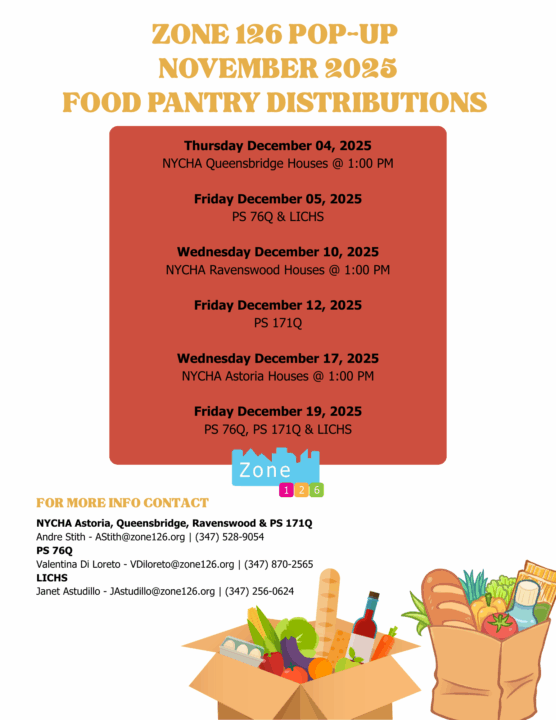Program Building = System Changing: Building Blocks For Success
“Program Rich, Systems Poor,” is often a phrase that we hear repeated over and over again in collective impact, and especially in the field of education. A plethora of programs exist to do work to increase attendance, pregnancy prevention, combat the drop out crisis, provide academic support and engage families. However, very few of these ideas are interlocked with systems change in mind.
Collective Impact isn’t a concept that is new, its an age old principle that multiple actors working together can achieve better results than a single organization doing it on its own. The 2011 Stanford Social Innovation Review piece written by John Kania and Marc Kramer, legitimized the framework around what is needed to solve complex social problems, and identified five key elements that are critical to systems change:
- A Common Agenda
- Shared Measurement
- A plan for Mutually Reinforcing Activities
- Continuous Communication
- A backbone organization to support its efforts.
When Zone 126 initially started seven years ago, we were heavily focused on community engagement, and we also, looked at bringing in a ton of programs and services to the schools we worked it. As time has evolved we learned about the process and the work, that engaging and leveraging resources for under-resourced schools are important parts of the building blocks to the long-term work of breaking the cycle of poverty. Its now at this juncture in our organizational history that we are focused on the population level changes around Kindergarten Readiness, 3 rd and 8 th grade reading proficiency, on time 9 th grade credit accumulation that leads to on-time graduation from high school.
Zone partners are now shifting their focus from programs to impact. Their coordinated efforts are beginning to address longitudinal population level change. We’ve reached a point in the process of Collective Impact around engaging communities, building inter-organizational trust by discussing the data they collect, with outcomes and impact as a common goal. Zone 126 is changing the narrative from program building to systems change. That is the true power of Collective Impact.
